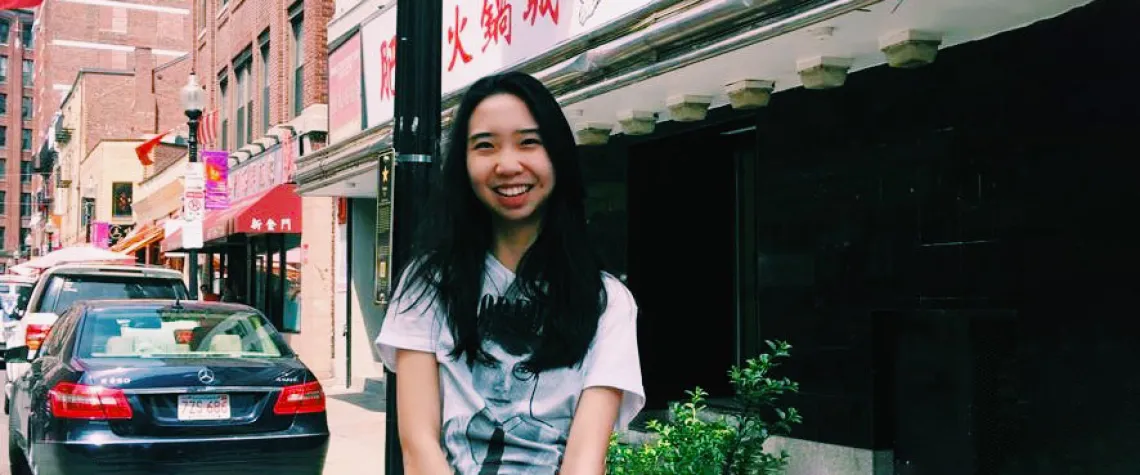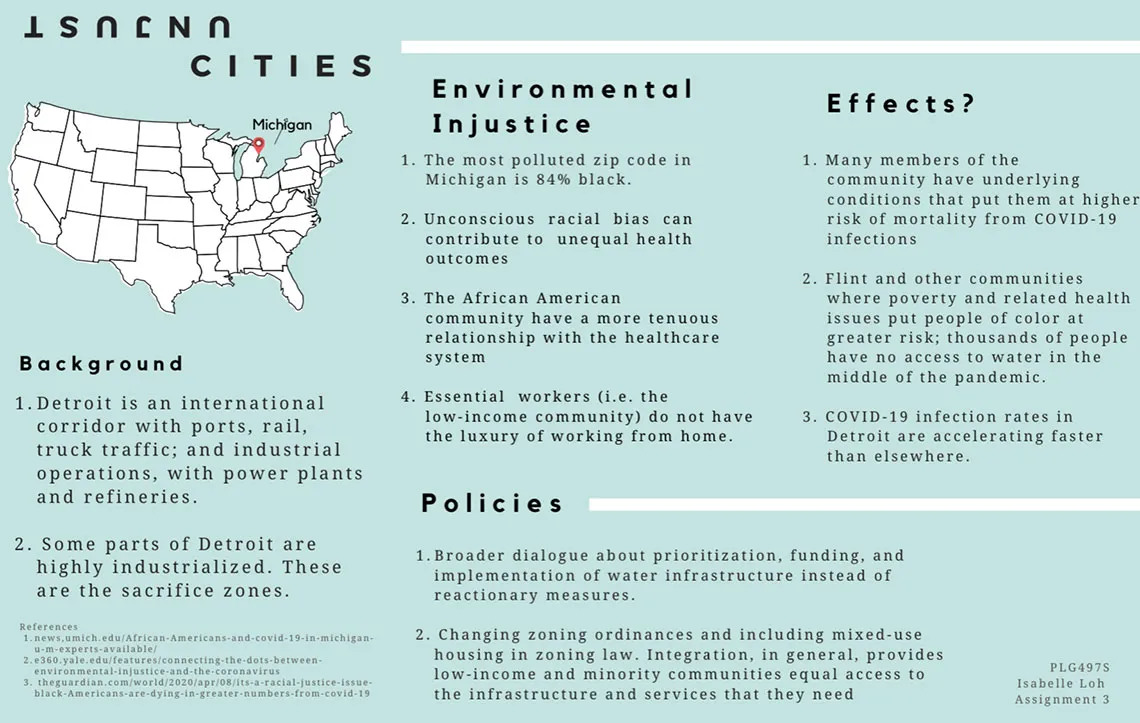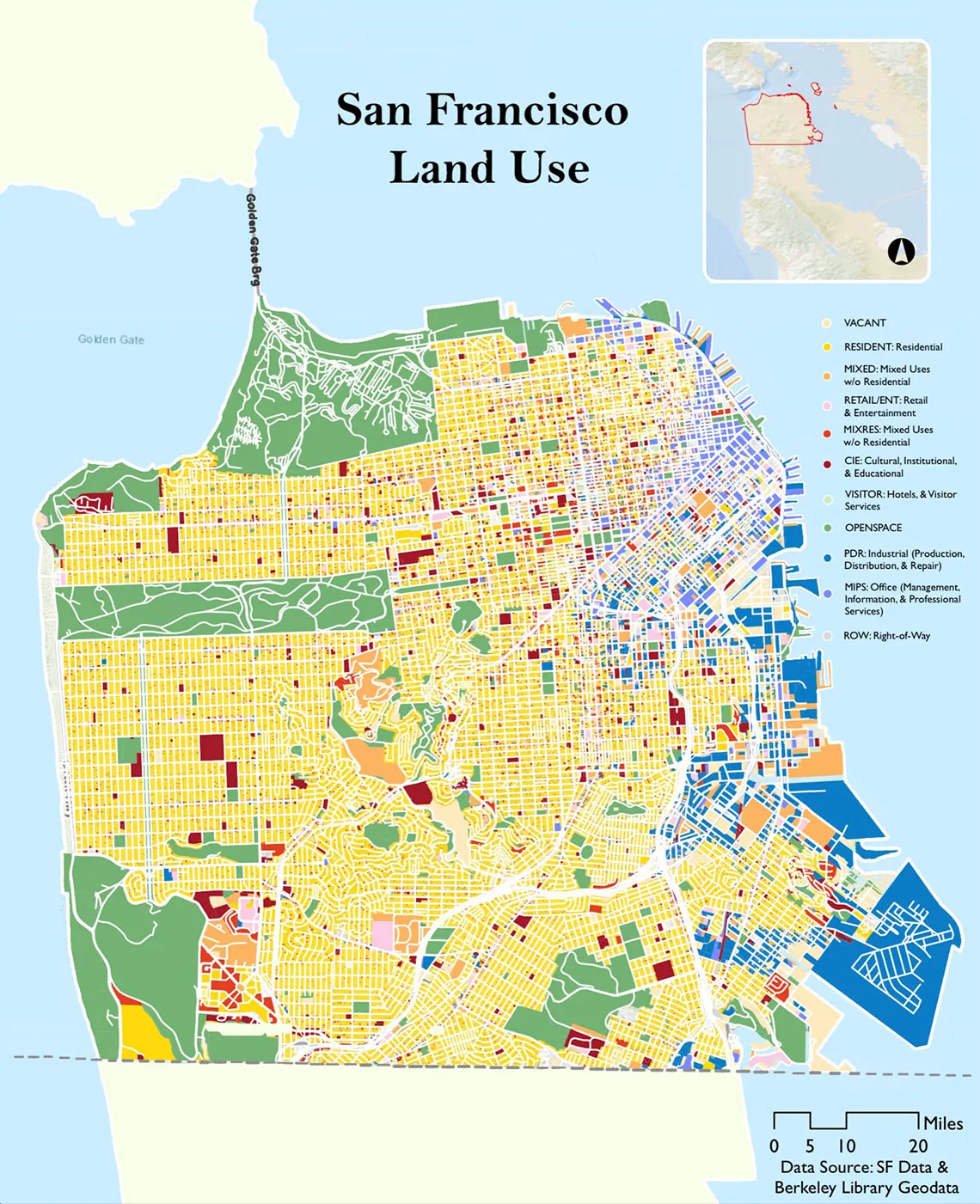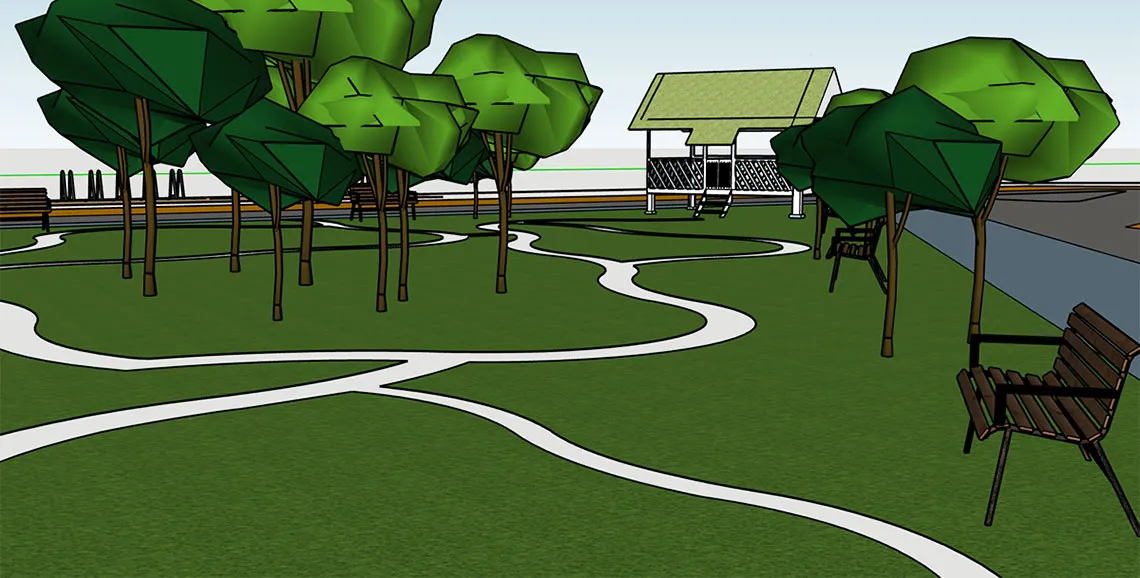Future Placemaker: Isabelle Loh '21 BS SBE

Seven Questions with Bachelor of Science in Sustainable Built Environments Student Isabelle Loh
“I aspire to be a placemaker in the future—someone who creates spaces that communities want to live, work, play and learn in.”
Isabelle Loh entered CAPLA's BS in Sustainable Built Environments program (Sustainable Communities Emphasis) after moving from Penang, Malaysia. “It’s a small island in the northern region of the country,” she says. “Fun fact: the island is only half the size of Tucson with almost double the population!”
What brought you to the University of Arizona to study sustainable built environments?
I knew about the University of Arizona because my dad graduated from UArizona with an engineering degree. When I was applying for college, I decided to look at the programs offered here, too. I always knew that I wanted to do something related to sustainability and urban planning and the SBE program ticked all the right boxes for me. None of the other schools that I applied to had curriculums as comprehensive and well thought out as CAPLA’s SBE.

PLG 497S Case study on environmental injustice: Unjust Cities. Image by Isabelle Loh.
Tell us about your SBE emphasis.
I have an emphasis in Sustainable Communities because it focuses more on the planning and policy side of things that I am interested in. Unfortunately due to COVID, most of the classes I have taken for this emphasis have been online. However, all the professors have been amazingly understanding, which has made the online experience less stressful.
What do you like best about the SBE program and the College of Architecture, Planning and Landscape Architecture?
I like how small the classes are. I joined SBE as a second-year transfer student and it was really scary to move to a new country without knowing anyone. The small classes lessened my anxiety of speaking up and asking questions in class; it also made it easier to get to know my peers. As a senior, I now find it comforting to be surrounded by familiar faces in each class and to know that we have all come so far together.

San Francisco Land Use Map, created in LAR 470, by Isabelle Loh.
What have been your biggest challenges at UArizona, and how have you overcome those challenges?
I think the biggest challenge for me was being alone, and being okay with being alone. When I first moved to Arizona, I knew no one at all. Though I made some friends over the years, the pandemic has changed a lot of that as people moved back home and away from campus. I went back home halfway through the Spring 2020 semester all the way through to summer, too. To be honest, it was a struggle to make the decision to come back to Tucson in the fall, but I’m really glad I did.
When I came back, I moved into my own apartment and experienced what it was like to be truly independent. While it was scary and lonely in the beginning, I have come to enjoy being by myself and simply existing with my own thoughts. I think that many people have realized that the pandemic (and lockdown) has indirectly forced us to recalibrate and to redirect our energy into what is essential and what isn’t. I found that spending time with myself could be immensely freeing and that I can be okay even when I’m alone. However, I also find myself cherishing the time I spend with my friends even more as I realize how precious these interactions are.
Overall, the biggest lesson that I learned is to go with the flow and trust the process. I truly believe that everything that happens will work out well, and will be blessings in disguise. If we distract ourselves by worrying over things that we have no control over, it will just wear us down and take away energy that could have been used on more positive affirmations.

City of Tucson Transportation Planning Analysis, by Isabelle Loh.
What does the CAPLA experience mean for you?
The CAPLA experience to me is being interdisciplinary and learning as much as you can as long as you can. Studying in CAPLA has been a humbling but amazing experience; while you may feel like the least informed person in class during the first few weeks, you also walk out of every class at the end of the semester with new knowledge and perspectives.
Tell us about your recent internship experience and your job aspirations.
When I went home last summer, I interned at a state-funded think tank as a project researcher in their Heritage and Urban Studies Programme. Over the course of my internship, I was exposed to the intricacies of urban planning, urban design and policy development. I also authored a monograph on strengthening food security through urban farming and other approaches, which has now been converted into a brief for the state executive council’s consideration. The internship experience was amazing for me as I gained valuable experience and was guided by my colleagues and mentor. This really cemented my passion for the urban planning and design field.
I aspire to be a placemaker in the future—someone who creates spaces that communities want to live, work, play and learn in. To achieve this goal, I plan to go on to graduate school to specialize in the field of urban design and to learn how to incorporate sustainable elements into future cities.

Park model view created with SketchUp for SBE 301, by Isabelle Loh.
What advice do you have for prospective SBE students?
My advice is to be brave and explore things that you are interested in even if you have zero experience in them. You will find that people are more willing to teach you than you think.



